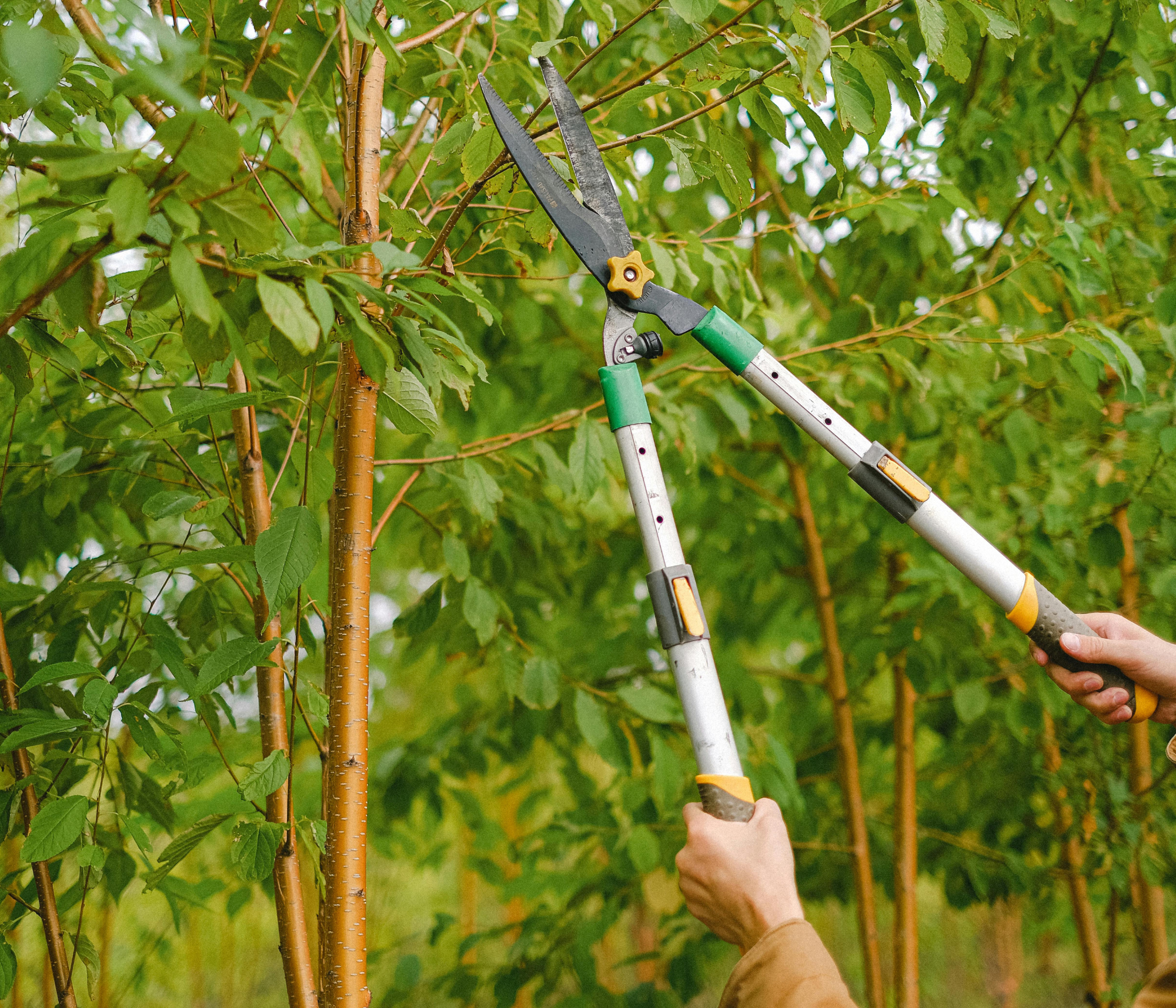Weekly Posts and Insights

The Deep Ocean Model – Unseen Currents of Belief and the Behavior That Shape Us
This post draws parallels between ocean currents and human behavior, suggesting that just as deep currents shape the surface waves, underlying beliefs drive visible behaviors. These beliefs, though often unseen, influence actions and decisions in the workplace, making it essential for leaders to uncover and address them rather than merely focusing on surface behaviors. By engaging in meaningful belief discussions, leaders can guide behavior changes, much like oceanographers study currents to predict and influence ocean movements.

The Leader as a Gardener of People: Maturity
The final stage of development, Maturity, represents team members who have high aptitude and attitude, capable of bearing fruit and mentoring others. Leaders should empower these individuals by delegating responsibilities and encouraging them to guide those in earlier stages, like the Adolescent follower. By assessing and strategically supporting each team member's growth, leaders can cultivate a thriving and productive environment where everyone can flourish.

The Leader as a Gardener of People: Disgruntled Stage
The "Disgruntled" stage in a follower’s development mirrors the secondary growth phase of plants, where individuals become experienced but may harbor negative attitudes and exhibit inconsistent behavior. These team members often have high aptitude but are susceptible to negativity, which can impact both their performance and the morale of others. Leaders must address these behaviors through open communication, setting clear expectations, and providing opportunities for growth to help them re-engage positively with the organization.

The Leader as a Gardener of People: Adolescent Stage
The "Adolescent" stage of follower development, akin to the teenage years, is a critical period where initial enthusiasm fades, and individuals start testing boundaries while seeking greater responsibility. Leaders must adopt a coaching approach that balances support and accountability, addressing behaviors that don’t align with organizational values, reinforcing early wins, and consistently adhering to established boundaries and goals. By proactively coaching and maintaining a positive environment, leaders can help their team members navigate this transitional phase and continue their growth into confident, competent contributors.

The Leader as a Gardener of People: Seedlings
The post compares leadership to gardening, focusing on how leaders must nurture "seedlings"—new employees or followers—by providing guidance, support, and the right environment for growth. It emphasizes the importance of adapting leadership styles to meet the developmental needs of these individuals, particularly during their early stages. By understanding the balance between aptitude and attitude, leaders can effectively cultivate and develop their team's potential.

Unleashing The Leader Within: More Insights from the Institute for Organization Management
In my recent experience at the US Chamber's Institute for Organization Management, I explored the importance of trust in leadership and the concept of "Level 5 Leadership," which emphasizes humility, resolve, and crediting others. The course also covered essential skills like Fanatic Discipline, Productive Paranoia, and Empirical Creativity, highlighting the importance of creating a compelling vision for organizational success. By fostering environments where trust and motivation thrive, leaders can drive their teams toward long-term success and growth.

Managers Who Motivate: A Preview from the US Chamber's Institute for Organization Management
I am excited to share that this week, as a faculty member of the US Chamber's Institute for Organization Management, I will be teaching over 30 enthusiastic nonprofit leaders on a subject close to my heart: "Managers Who Motivate."

Grief, Loss and Leadership
Dealing with loss and grief can be tough for leaders. We are often built, designed, and hardwired to look at the optimistic horizon. Grief and loss are a suspension of that optimism. That is a hard place to be in, but worthy of exploration nonetheless.

Mastering Facilitation: Your Go-To Script
Effective listening is essential for successful facilitation. This involves techniques like paraphrasing, asking open-ended questions, and synthesizing ideas. Skilled facilitators also track opinions, engagement levels, and group feedback. Here is your go-to script to handle many items you might run into as a facilitator.

No, You're Not Supposed To Be The Most Dominate Voice In The Room: The Leader as a Facilitator
A top-level community leader excels by facilitating team interactions rather than dominating discussions. Their focus should be on managing the process and relationships within the team, allowing team members to share content and ideas. Like a conductor guiding an orchestra, a leader's role is to support collaboration, ensure balanced participation, and create an environment where everyone feels heard and valued.